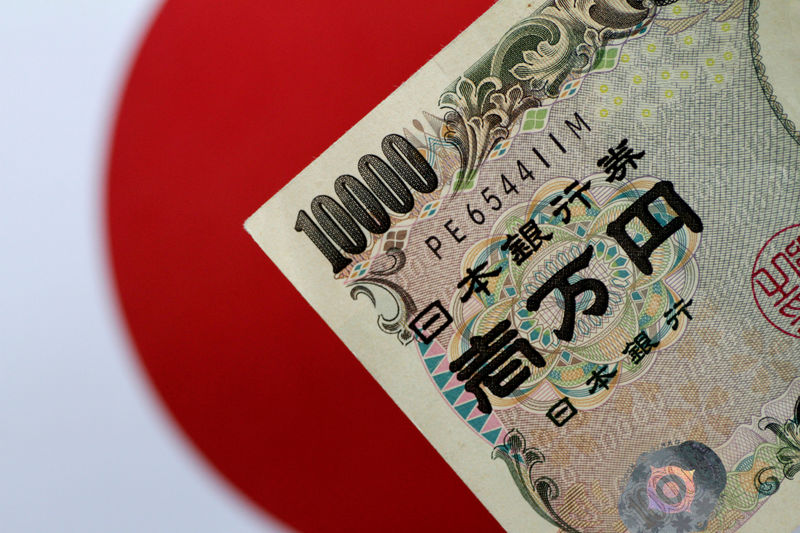The Japanese yen, the world’s third most-traded currency, is underperforming, facing similar challenges as the Turkish lira and Argentinian peso over the past decade, according to George Saravelos of Deutsche Bank AG (NYSE:). Key factors such as weak yields and external accounts are pushing down the yen’s value. This year, the yen’s losses against the dollar stood at 15%, while the lira and peso have dropped by 51% and 97%, respectively.
Saravelos pointed out that record low real yields due to the Bank of Japan’s (BOJ) unique yield curve control and reluctance to raise interest rates have led to a slow-motion capital flight from domestic investors into foreign assets. This is due to the unattractiveness of Japanese government bonds, with Saravelos comparing the low yield of a 5-year JGB with a nominal yield of 50bps to a 5-year US treasury with a real yield of 3%.
The yen experienced its largest one-day fall since April following an adjustment to the BOJ’s bond yield cap that hinted at a slow shift away from an ultra-loose stance in Japan. Despite this downturn, Masato Kanda, Japan’s top currency official, assured readiness for necessary intervention.
However, Saravelos warned that such actions could strengthen the US dollar and speed up capital outflows from Japan as inflation-adjusted local yields deepen into negative territory. Selling dollar-denominated reserves could exacerbate US yields, strengthen the dollar further, and deteriorate Japan’s external balance sheet and fiscal position. To stabilize the yen and curb its volatility, Saravelos suggests that significant BOJ rate hikes and halting its quantitative easing campaign are necessary.
This article was generated with the support of AI and reviewed by an editor. For more information see our T&C.
Read the full article here
